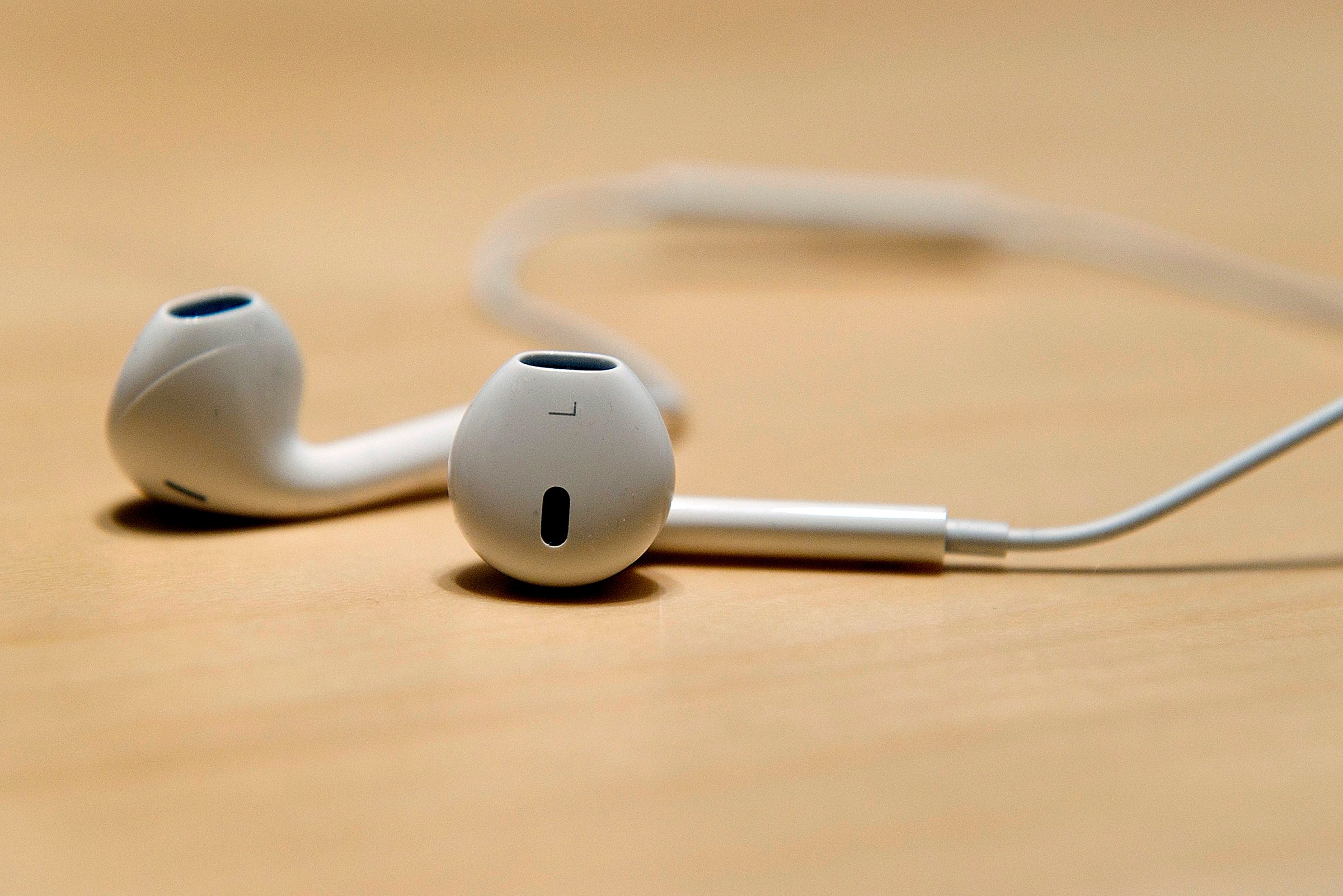
The fate of a hole smaller than the head of a thumbtack has been stirring a heated debate among technology fans in recent months.
That hole, of course, is the headphone jack — which, if the early reports are to be believed, will be missing from Apple’s next iPhone. Apple has yet to confirm it’s doing away with the iPhone’s headphone port, but tech blogs are already rife with hot takes arguing it’s a a smart move or a terrible idea.
Let’s assume Apple takes the bold approach and does indeed release an iPhone sans-jack. Judging by history — Apple has always included iPhone-compatible headphones with its handsets — it’s likely the company will still include a pair of earbuds that will work with such a device, likely by connecting through the phone’s charging port.
For casual listeners that only plug in their headphones when commuting or going for a run, the change won’t make for a much different experience. And there are even some benefits from doing away with the headphone jack. Namely, a thinner and more durable iPhone. Fewer ports, after all, means fewer opportunities for phone-killers like water and dust to damage your device.
At the same time, the move wouldn’t exactly be consumer friendly. Have a pair of wired headphones you love? Or maybe you frequently plug an external microphone into your phone’s headphone jack for recording music, lecturers or interviews? If you answered yes to either of these, you’ll probably need to buy an adapter to use your old gear with a jack-less iPhone. Apple hasn’t shared any plans for its upcoming product, but Apple Stores are littered with all sorts of adapters for connecting older devices to newer ones. Few are cheap, and they can be cumbersome to carry around.
Audiophiles, take note: It isn’t clear how or if the change might impact audio quality. Swapping out the 3.5mm headphone jack for a Lightning port means switching from analog to digital audio. When you plug a pair of headphones into your phone’s 3.5mm port, your smartphone’s digital-to-analog converter (DAC) and amplifier process the sound to enable your phone to produce noise the way it does, as Engadget explains here. But a digital connection like Apple’s Lightning or USB Type-C bypasses your phone’s DAC and amplifier, leaving the components inside your headphones or adapter with the heavy lifting. (USB Type-C is increasingly common on Android phones.)
The technology industry is already thinking about ways to address such a change. Intel, for example, recently proposed adding what it calls “multi-function processing units” to USB Type-C headphones. Headphones with such tech would get features like noise suppression and acoustic echo cancellation, according to AnandTech. And they might be upgradable via software, meaning they could improve over time like your smartphone does.
What will a jack-less world really be like for users? Some new phones already on the market offer a hint. Motorola’s pair of Moto Z phones include only a single USB Type-C connector and are otherwise port-free, although the phone comes with an adapter for standard 3.5mm headphones. Chinese tech company LeEco unveiled three audio port-free models in April. When using the Moto Z and its adapter with my traditional headphones, the only noticeable change was how much longer the cord felt during my morning commute. My listening experience was otherwise unaffected. I imagine many people would probably feel the same way, though surely some will gripe about needing the adapter.
All said, Apple has a rich history of spurning legacy technology in favor of newer standards. The original iMac lacked a Floppy disk drive, an omission that seemed outrageous in 1998. Apple’s laptops have since shed all sorts of ports, with its latest MacBook down to a single USB Type-C connection. The company argues that’s suitable for a world where files are increasingly kept in the cloud, but many critics, myself included, believe one port just isn’t enough for most laptop users. We’ll likely hear similar concerns when the next iPhone is unveiled later this year. But I doubt the naysaying will deter the perennially huge number of people who scramble to buy Apple’s latest tech as soon as it’s available.
More Must-Reads from TIME
- Why Biden Dropped Out
- Ukraine’s Plan to Survive Trump
- The Rise of a New Kind of Parenting Guru
- The Chaos and Commotion of the RNC in Photos
- Why We All Have a Stake in Twisters’ Success
- 8 Eating Habits That Actually Improve Your Sleep
- Welcome to the Noah Lyles Olympics
- Get Our Paris Olympics Newsletter in Your Inbox
Contact us at letters@time.com